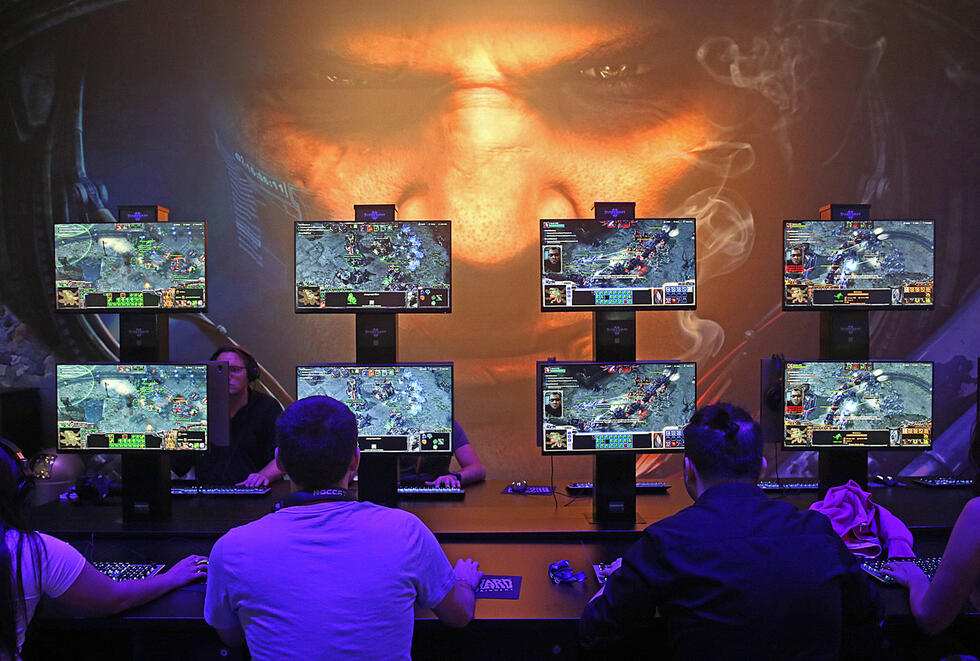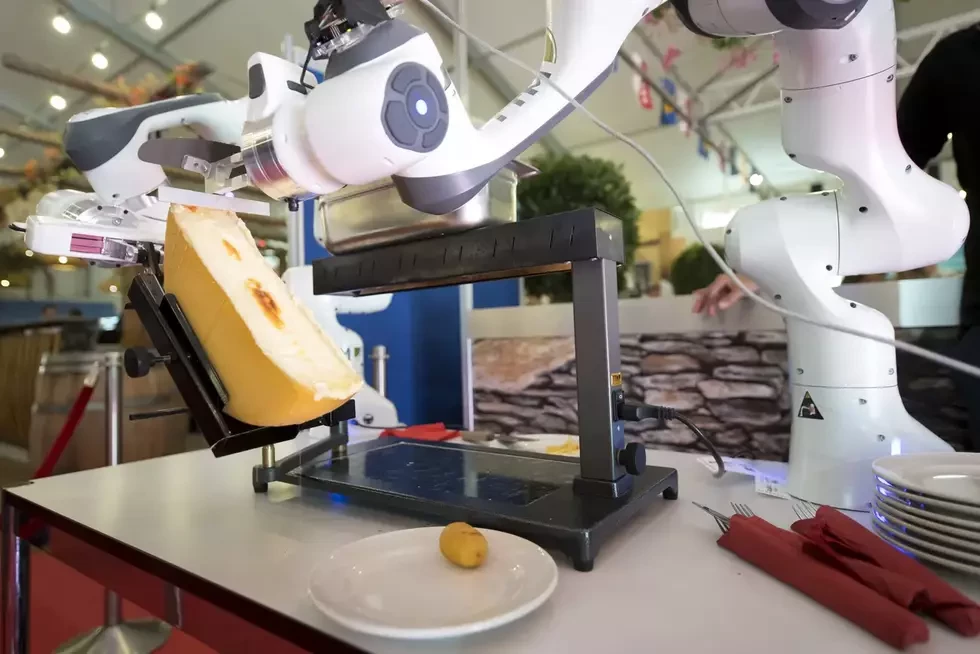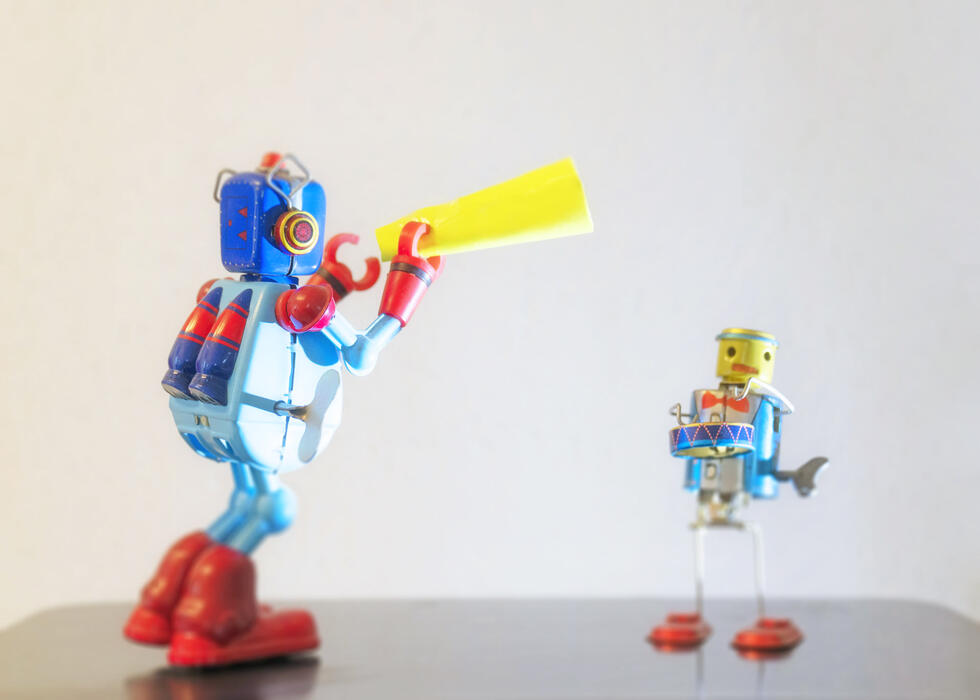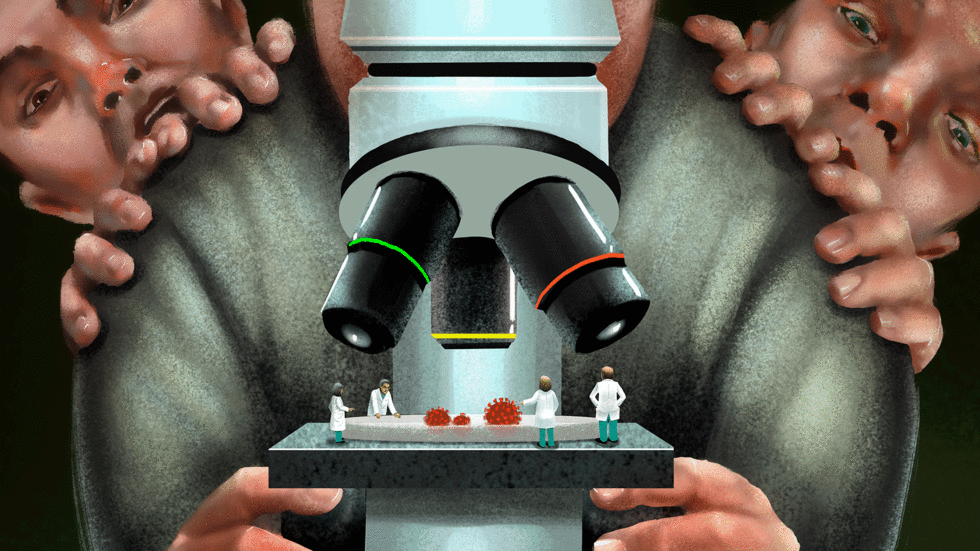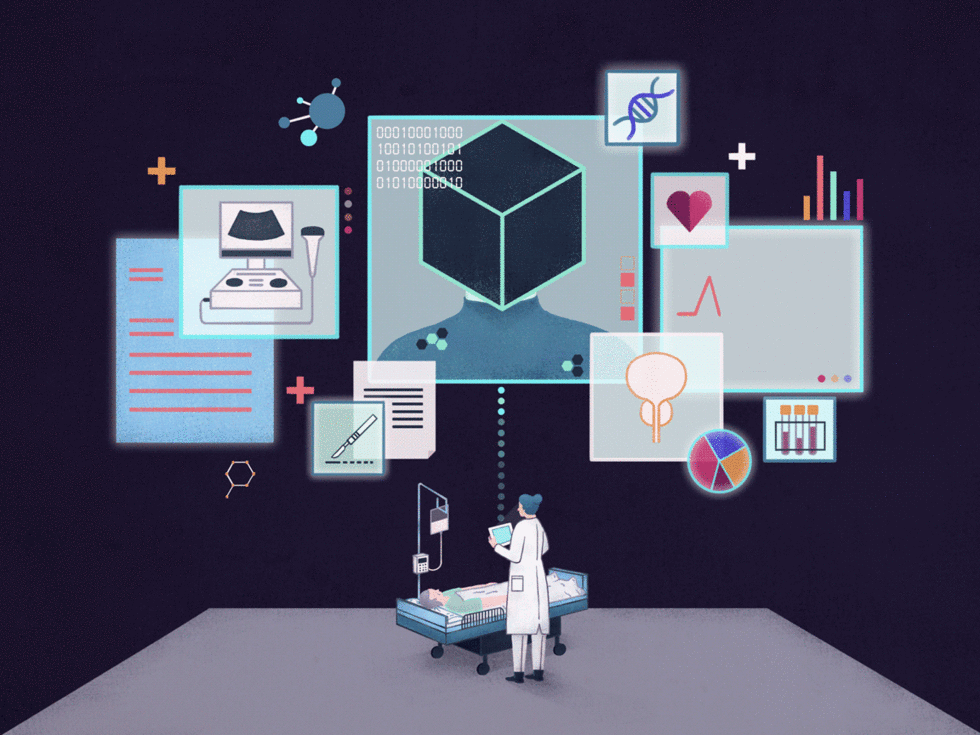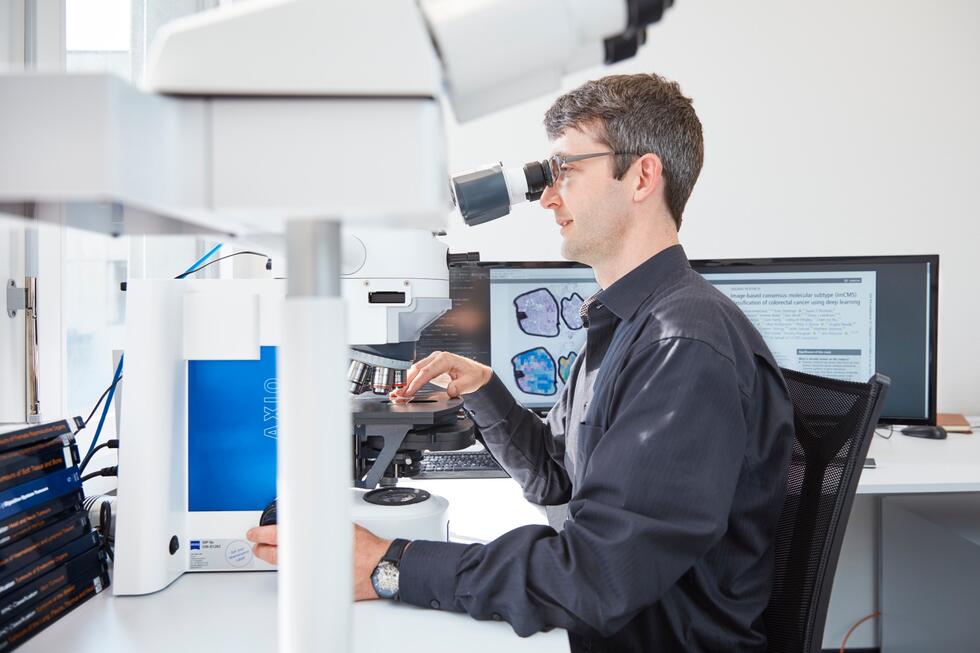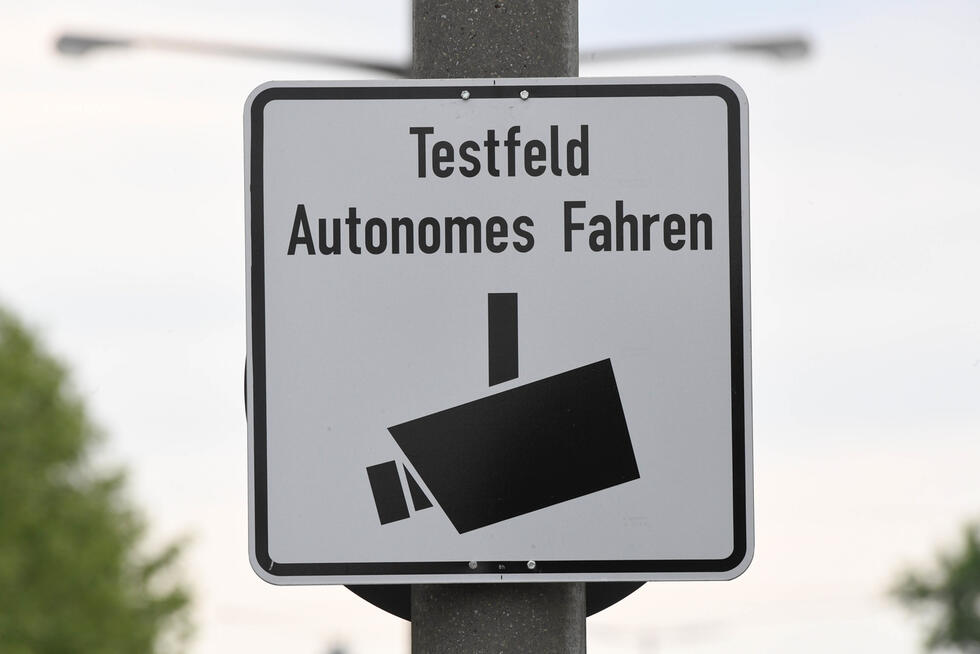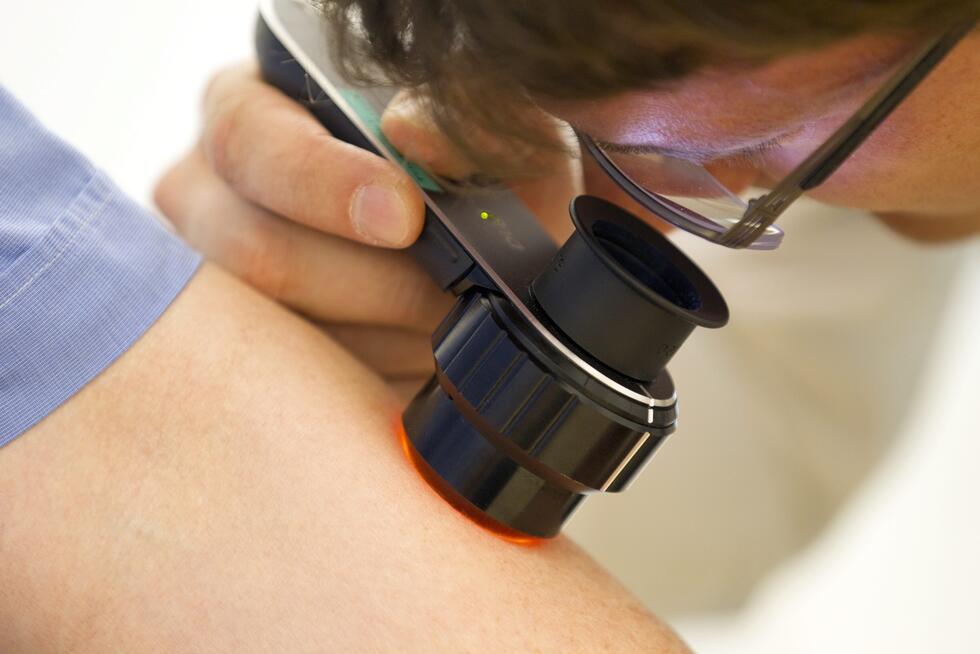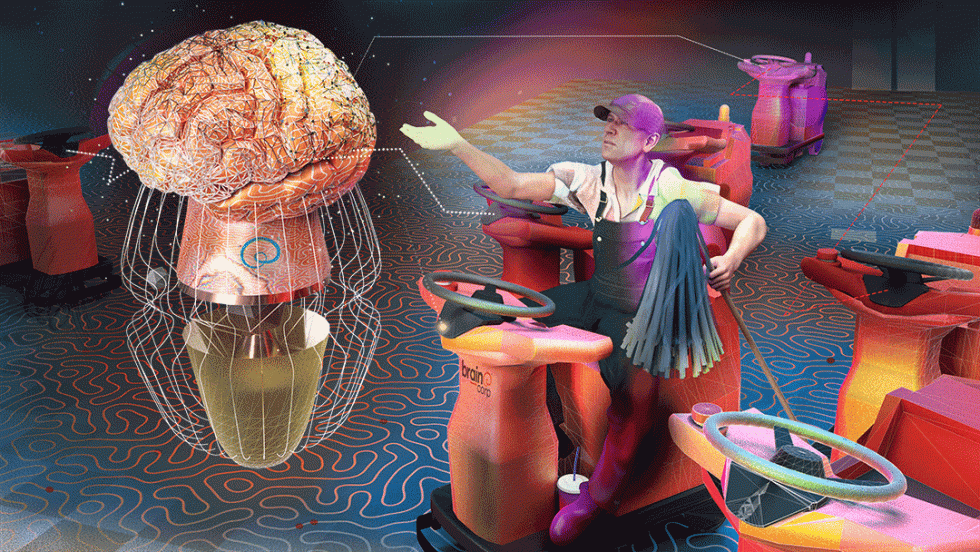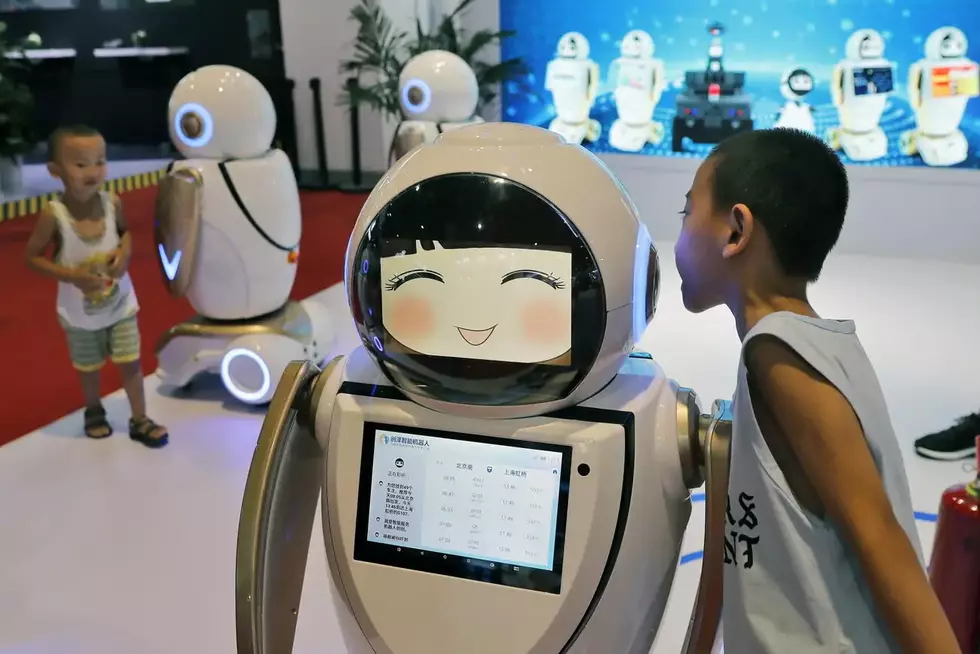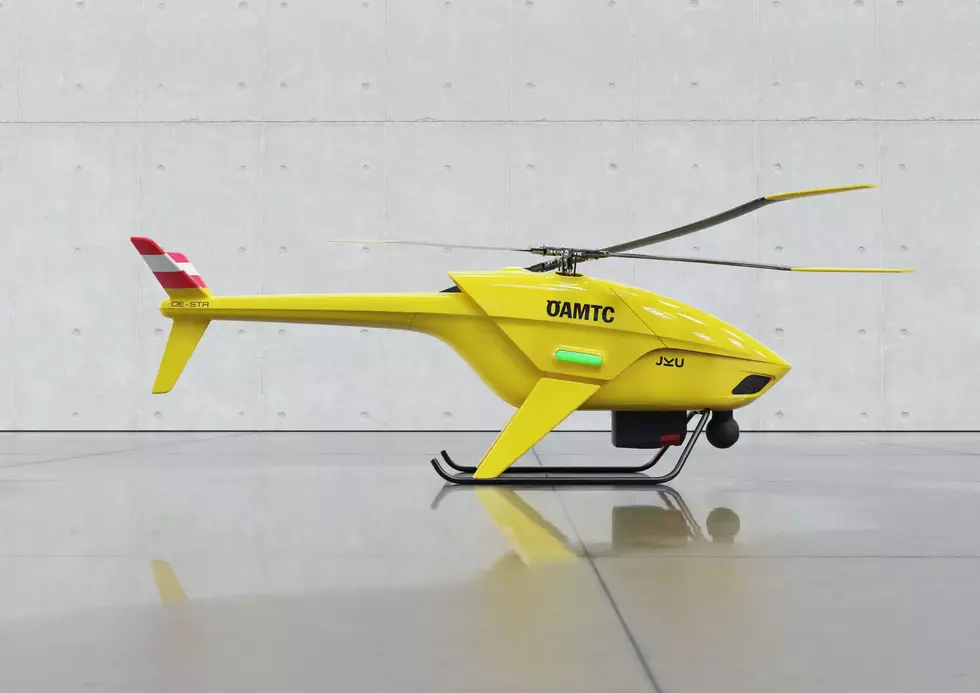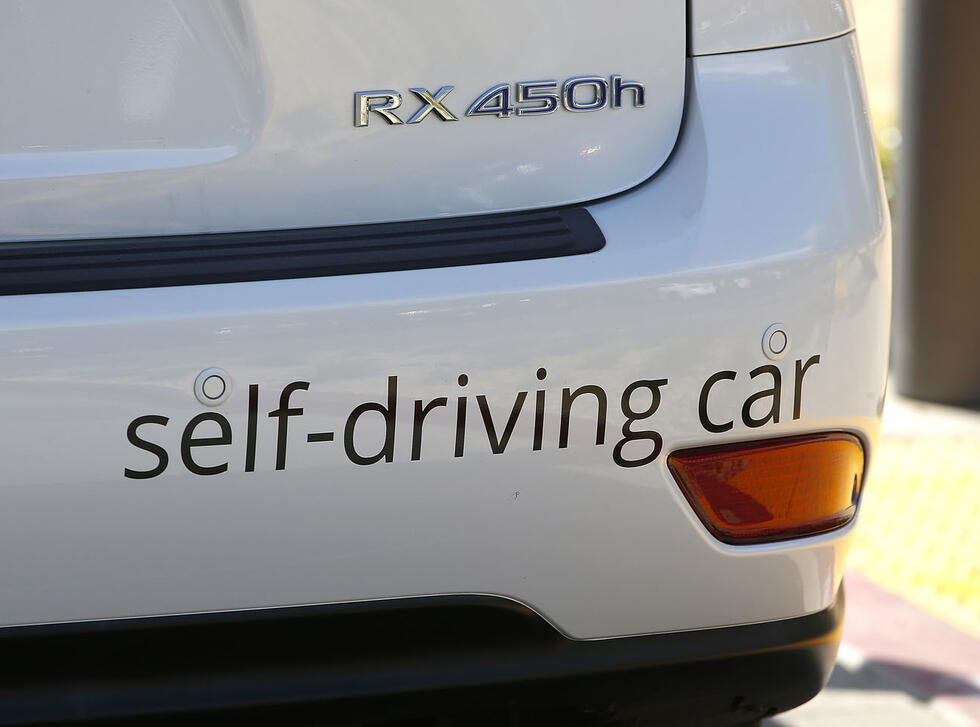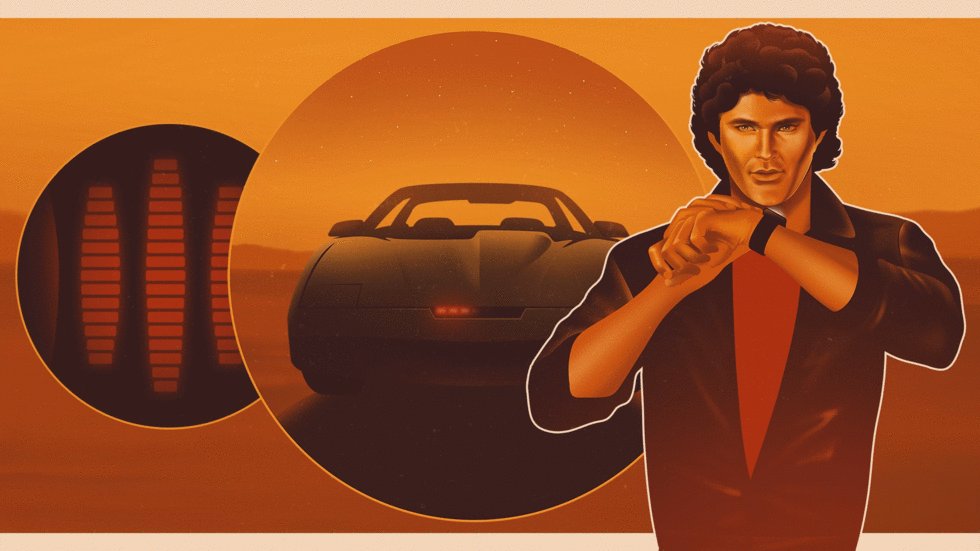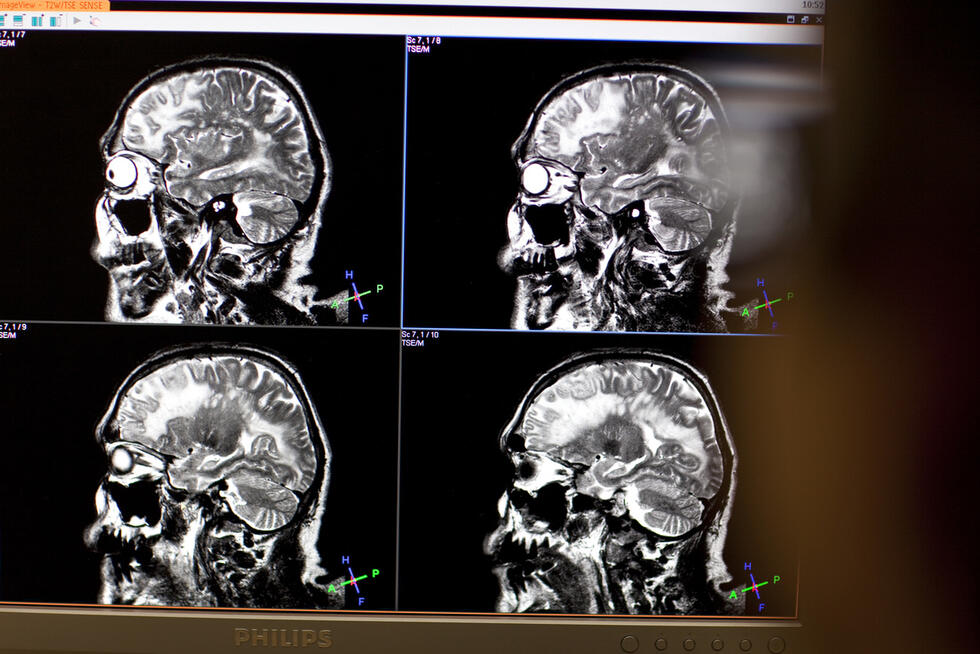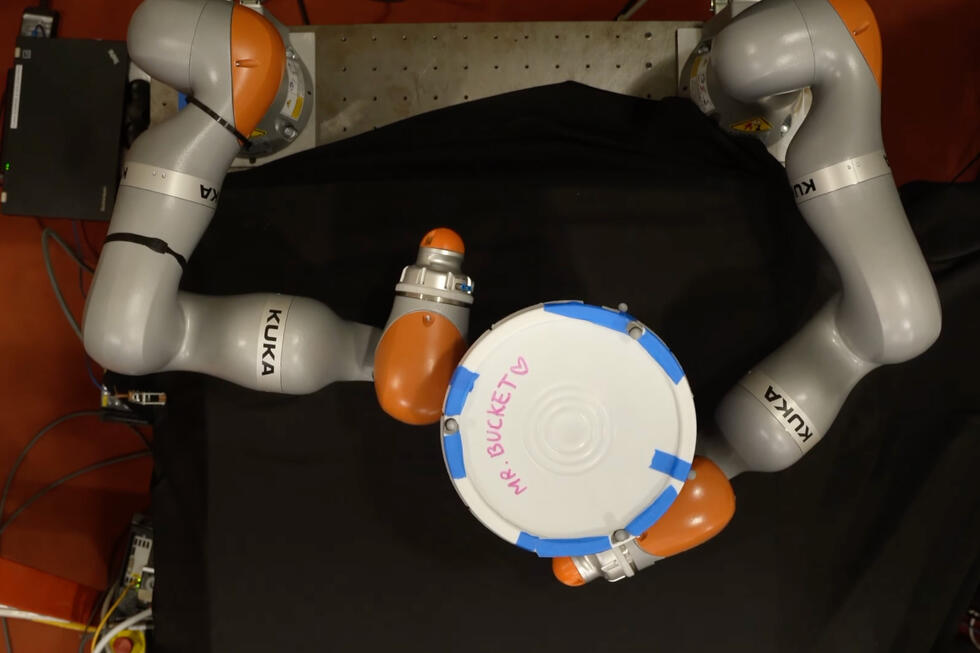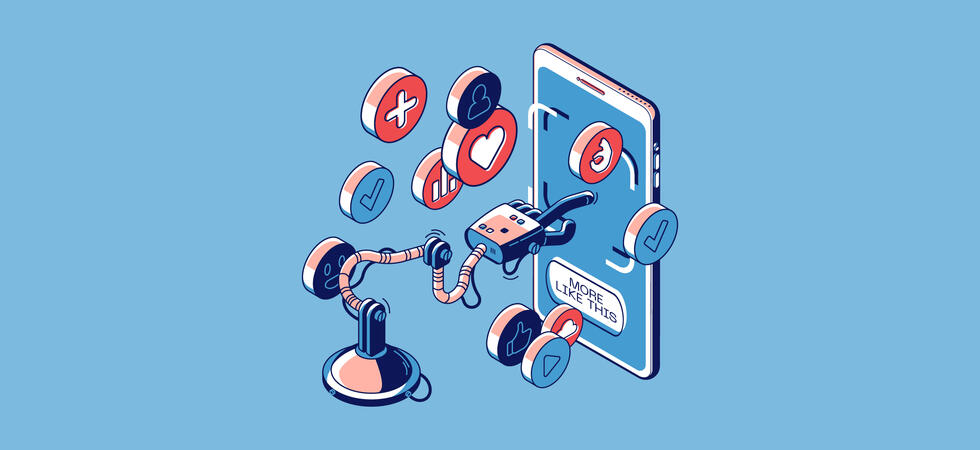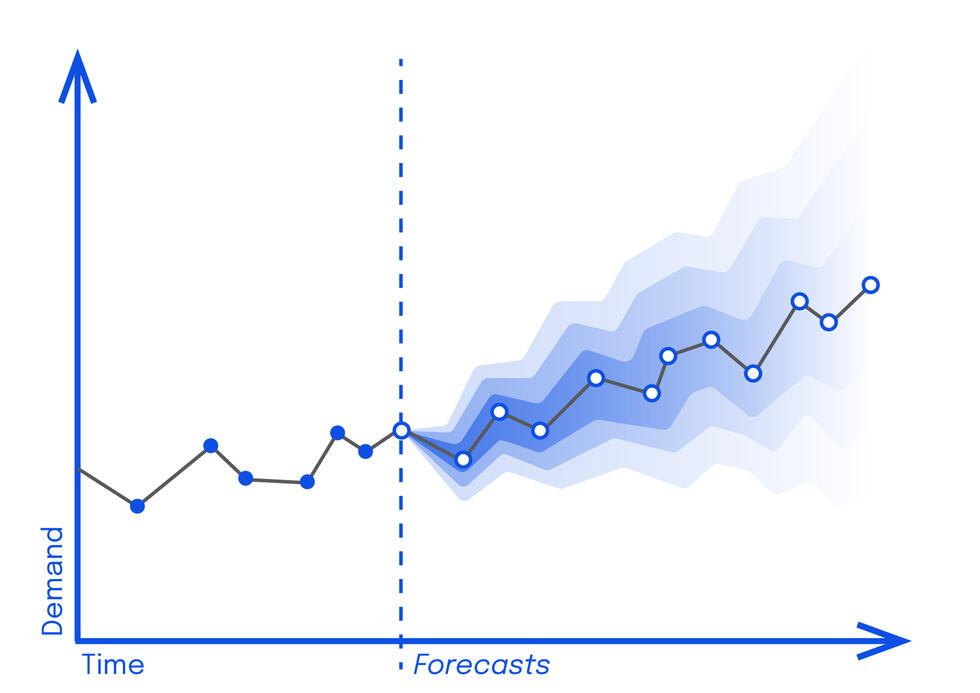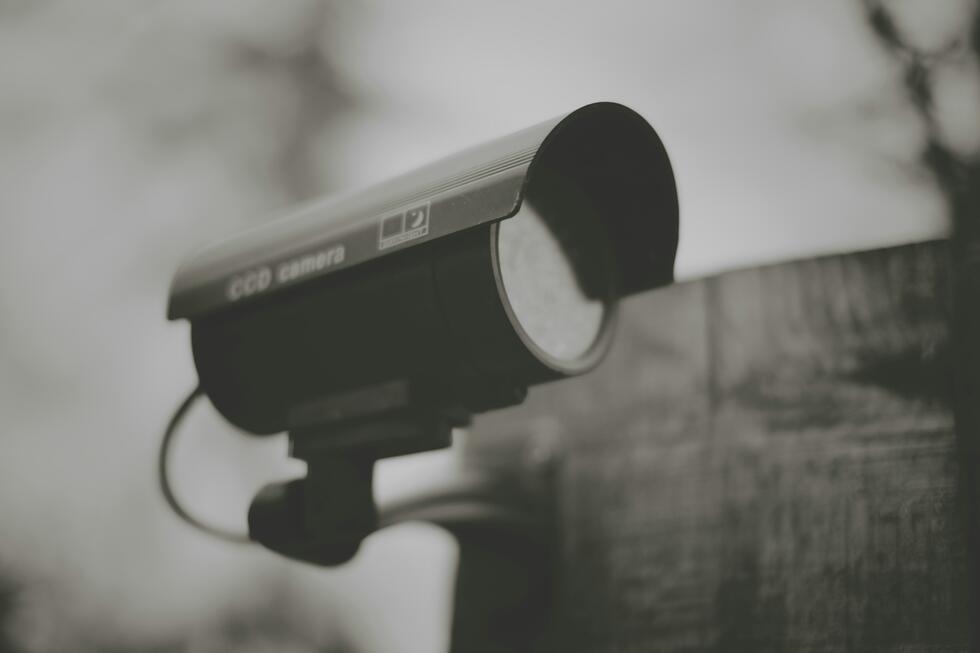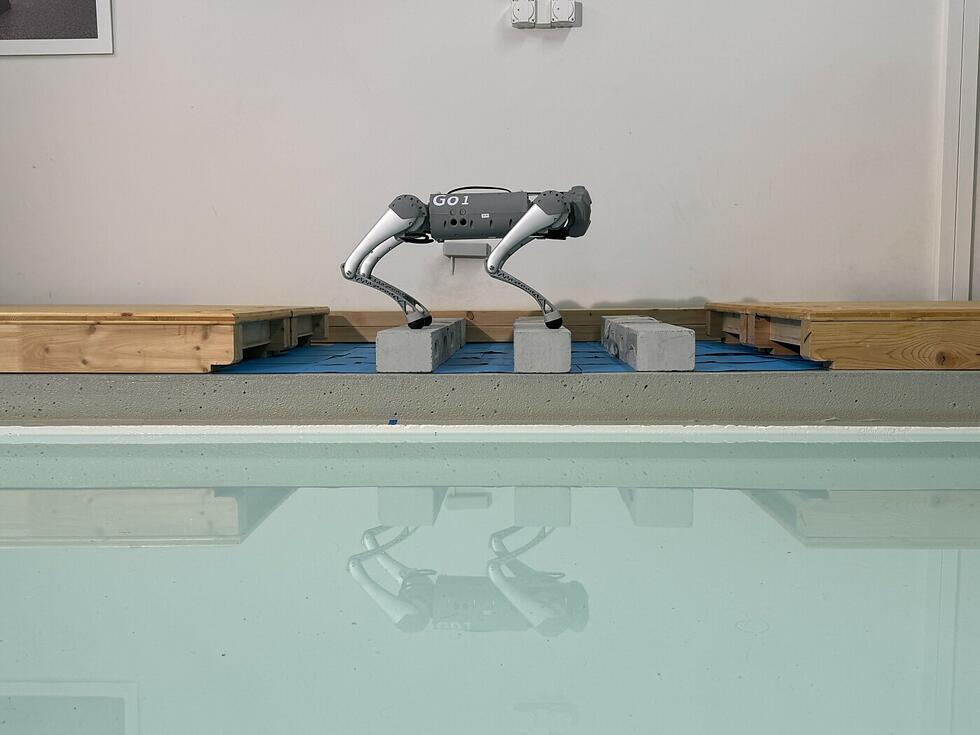“The Mars mission demands humanitarianism”
The moon landing is history – Mars beckons. The aerospace sector is gearing up – among other things with artificial intelligence (AI). Is the next giant leap coming soon? An interview with Alessandro Donati from the European Space Agency ESA.
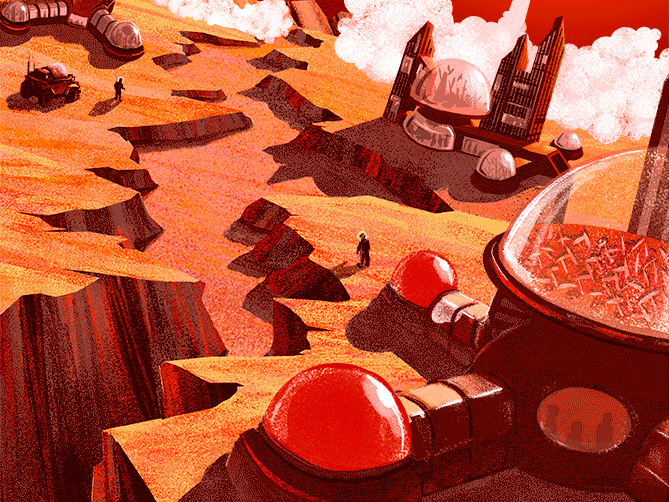
“Sailors fighting in the dance hall
Oh man, look at those cavemen go
It's the freakiest show
Take a look at the lawman
Beating up the wrong guy
Oh man, wonder if he'll ever know
He's in the best selling show
Is there life on Mars?”
David Bowie
Mars. David Bowie (may he rest in peace) dreamed of it, humankind dreams on. Is artificial intelligence (AI) now drawing a manned Mars mission within reach?
Alessandro Donati: To put it somewhat provocatively: Without AI, humankind will never reach Mars. AI can help monitor health risks, for example.
How?
For instance, ESA is investigating whether an existing intelligent diagnostic system that is able to detect irregularities on a spacecraft long before a fault occurs could also be applied to the human body. The system could analyze the oxygen content of the air, correlate it with an astronaut’s health status, and use the results to derive appropriate behavioral recommendations.
And when will this technology be available?
How quickly such technologies progress depends on the competition associated with the Mars mission: The stronger this competition, the more resources will be made available and the sooner humans will land on Mars.

In general, how is AI driving space travel forward?
It is enabling new missions, extending current missions, and increasing the productivity and efficiency of operations. The Cimon astronaut assistance system, for example, autonomously performs tasks on board. And the early warning system for spacecraft I mentioned, which was developed by ESA, is also based on AI. It identifies deviations from the standard, for example in gyroscopes – which detect the movement of a spacecraft – sometimes hours or even days before a fault would otherwise be reported. It is already being used in many of our vessels. And this is just a taste of the potential of AI.
Which is?
There is one field in particular where AI will impact all missions: in mission planning and mission preparation. These tasks are highly complex and they are governed by numerous parameters, and AI can automatically coordinate them. Initial automated planning and preparation systems have halved the workload and reduced ground control time by 20 percent. Furthermore, automated planning makes launching new research projects much more straightforward and faster. Thus, efficient mission planning is an indispensable tool that allows us to gain new scientific insights into space. And AI is the key to this.
Mars has been flown by, orbited, smacked into, radar inspected, and rocketed onto, as well as bounced upon, rolled over, shoveled, drilled into, baked, and even laserblasted.
What other doors is AI opening?
Machine learning systems are a huge help in evaluating the countless images that radars and cameras continuously capture in space. For example, for the monitoring of climate change. Today generating data is no longer a problem; the challenge lies in evaluating this enormous reservoir of knowledge.
Does using AI in space travel also involve risks?
None that apply specifically to astronautics. But of course there are risks: The decisions provided by deep learning systems, for instance, are still a black box for us humans. This is why there is a new field within AI research: “Explainable AI”. It is intended to be used in tandem with other systems in order to allow us to understand how AI reaches its results. However, when it comes to new applications, space is a conservative sector – if anything goes amiss, huge investments can go up in smoke in a matter of minutes. Thus, a spaceship that flies and makes decisions fully autonomously is unrealistic, even in the future. However, AI will be used to make space travel safer.
In what way?
AI-based early warning systems can help prevent collisions. The risk of collisions is increasing – we have already created a great deal of traffic in space. AI also helps us to design more robust and efficient spaceships. For this purpose, ESA is currently combining physical models with data-based models to test the craft under the most realistic conditions possible.
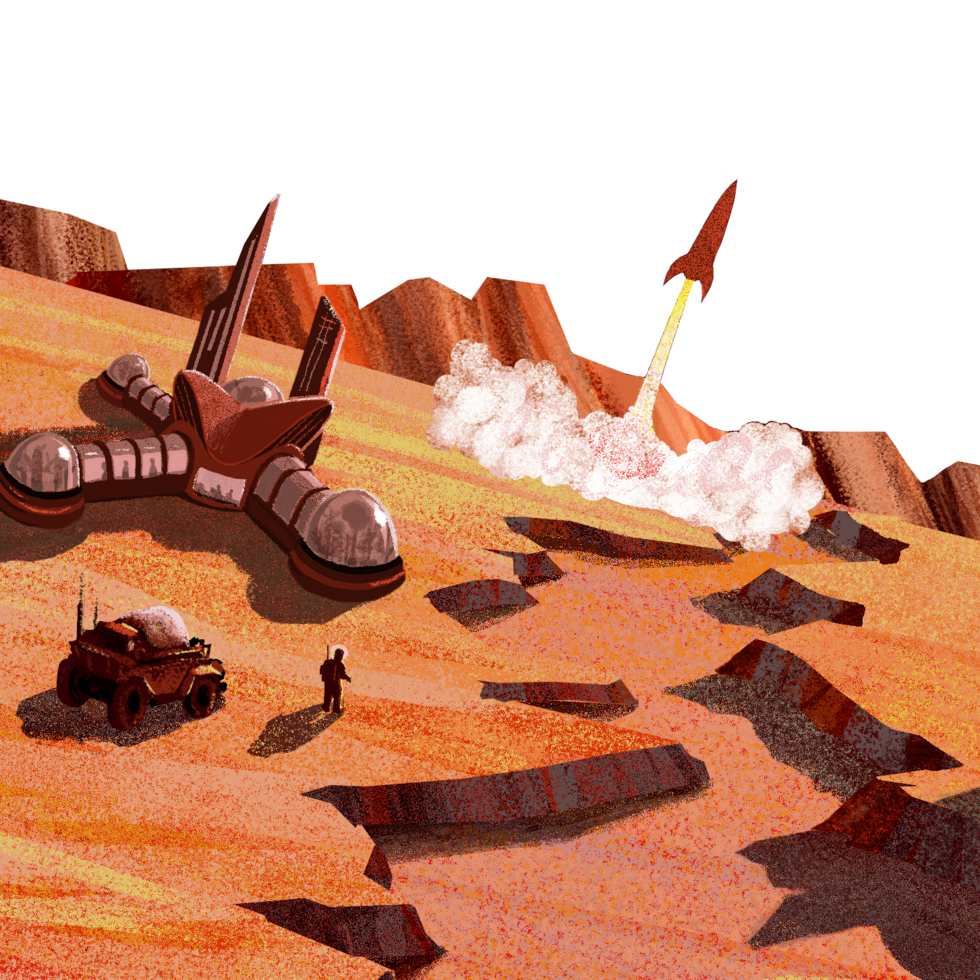
Are there any other current projects?
Over the past few months, ESA has committed its vision of AI in space travel to paper. Our approach is very people-centric: The idea is that AI should enhance human experience and knowledge, not replace it. By the way, this is another reason why AI – at least according to this approach – reduces the dangers in space by a far greater degree than it increases them: AI never makes decisions on its own.
Mars is the only place in the solar system where it’s possible for life to become multi-planetarian.
The Silicon Valley magnate Elon Musk – who is incidentally a strong proponent of the precautionary principle to safeguard humankind from the threat of AI making autonomous decisions here on Earth and spiraling completely out of control – wants to settle the first humans on Mars as early as in the 2020s. Is this just a crazy dream?
In my opinion, a permanent colonization of Mars is highly unlikely. Even though it is likely to become technologically feasible for humans to live on Mars. The only question is how comfortable it will be. On Earth, we are fortunate to have the Van Halen Belt, which protects us from cosmic radiation. We are used to being able to pop outside for a walk or to play football at any time – this will not be easily possible on Mars. Nor, for example, will the cultivation of crops. Living on Mars would above all mean a great deal of transport. Not to mention the challenge of guaranteeing reliable medical care.
So Mars is not likely to become a haven from war and environmental disasters on Earth?
As I already hinted, I would be extremely careful about such a scenario. What I could imagine, however: It is possible that a kind of luxury tourism could be developed and that the privileged few could experience spending a few weeks in a totally different environment. But the question is whether one might not rather invest in other things.
In what, for example?
In the search for extraterrestrial life, for example; this is an incredibly exciting and interesting endeavor. Or in the in-depth exploration of the moon for minerals that we could use here on Earth. But above all, we should invest in one thing, even if it does not promise huge profits: humanitarianism.
What exactly do you mean by that?
AI is a superpower whose impact can be either good or bad. The direction it will take is up to us humans. Only if we treat each other responsibly will we do the same with AI. In this way, we have come full circle back to ESA’s strategy, which puts the human being at the center of space exploration – also in the future.
And when will the first human land on Mars?
I certainly hope that I will live to see it. I reckon, we will be there in about 25 years.
There is a planet out there that we are able to reach. This fact alone will drive people to go there.

About
Alessandro Donati, 60, is Head of the Artificial Intelligence and Operations Innovation Team at the European Space Agency ESA. The electrical engineer has been working on new technological solutions for space missions for 20 years.

Mars mission: the milestones
- 1965: For the very first time, a space probe makes it to the vicinity of Mars; the first photographs of the red planet are taken.
- 1976: The “Viking 1” and “Viking 2” probes accomplish a Mars landing. More than 50,000 images are transmitted back to Earth.
- 1997: The “Mars Global Surveyor” discovers large deposits of frozen water in the polar regions.
- 2001: The “Mars Odyssey” probe returns important new data – for example on the composition of the planet’s surface.
- 2003: A major breakthrough: A probe generates a 3-D map of the surface of Mars in a ground-breaking resolution.
- 2004: Two Mars rovers report sensational news: There used to be liquid water on Mars.
- 2008: The very first excavation on Mars; frozen water is found not far below the surface.
- 2012: The largest Mars rover to date lands, searches for life, and carries out surveys of the rocks of the Gale Crater in order to drive forward research into the history of the red planet’s climate.
- 2018: A Mars lander begins exploring the interior of Mars.
Written by:
Illustration: Ryan Sanchez


